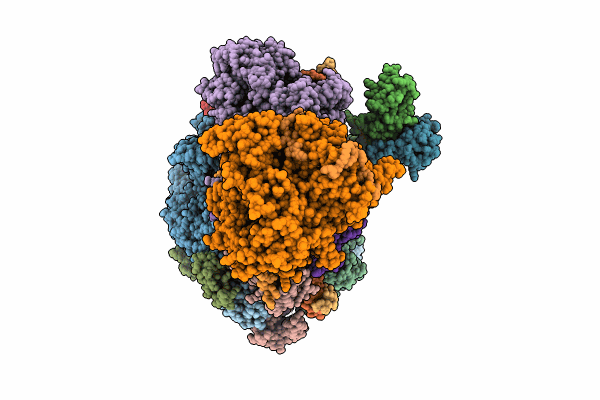
Deposition Date
2024-05-16
Release Date
2024-11-13
Last Version Date
2025-07-09
Entry Detail
Biological Source:
Source Organism:
Homo sapiens (Taxon ID: 9606)
Sus scrofa domesticus (Taxon ID: 9825)
Sus scrofa domesticus (Taxon ID: 9825)
Host Organism:
Method Details:
Experimental Method:
Resolution:
3.40 Å
Aggregation State:
PARTICLE
Reconstruction Method:
SINGLE PARTICLE


